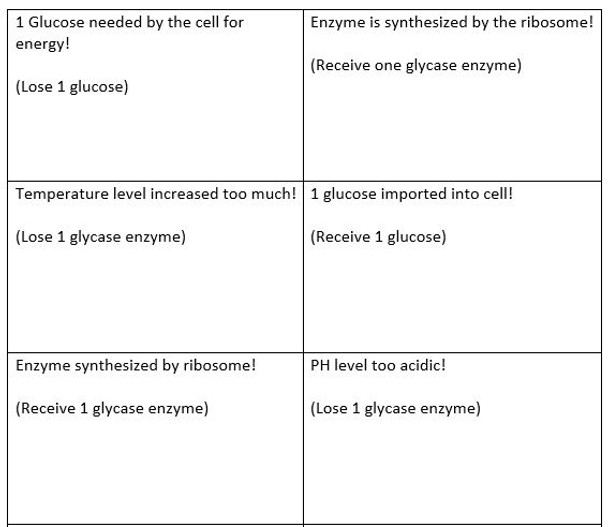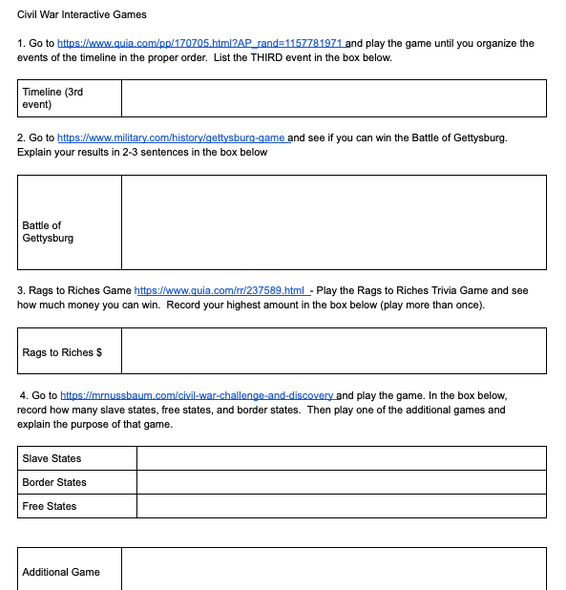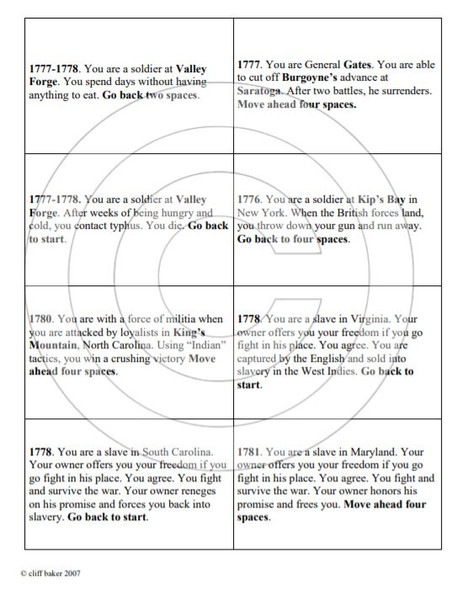Description
Enzyme Wars!!
I developed this game over 20 years ago and it has stood the test of time in my classroom!! It continues to be a student favorite even in the technological classroom! It is also super easy and inexpensive to make! I have utilized this game at two different levels of Biology including High School Biology, and AP/Honors Biology.
Before playing Enzyme Wars, my students learn about energy in biological systems (including enzyme basics) and have already completed the AP Biology Enzyme Lab.As you read through all 50 cards, you will see that the level of difficulty ranges from very basic to advanced. The cards are organized by topic and also begin with advanced cards first with each topic in order to make editing a little easier if needed. Cards can be easily removed from or added to the game as they have been created using Microsoft Word.
I still utilize the game today as a formative assessment tool. Students can easily track their progress in terms of how well they are grasping the concepts involved in the Energy in Biological Systems Unit. Students will begin as a glycogen molecule and will move through a chemical pathway to form glucose (the product). Because glucose serves as an allosteric inhibitor, students can strategically “Deactivate” other students’ enzymes!! Throughout their journey in the chemical pathway, they will not only have many opportunities to answer review questions, but will gain a deeper understanding of chemical pathways, allosteric enzymes, and negative feedback.
Enzyme Wars works great with groups of four students. This game is structured enough that student groups are completely self-sufficient meaning they won’t need a lot (if any) input/interaction from the teacher so you will be free to get grading or other tasks done during class time! The best thing about Enzyme Wars…….it is original. Because students haven’t played it a million times, they will find it engaging, challenging, competitive, and fun. My students absolutely love Enzyme Wars!!
Topics Covered:
- Enzyme Structure & Function
- Allosteric Enzymes & Chemical Pathways (Feedback Inhibition/Negative Feedback)
- Cofactors & Coenzymes
- Protein Structure
- 1st and 2nd Law of Thermodynamics (Entropy, Stability, Work Capacity); Exergonic vs. Endergonic Reactions
- Hydrolysis vs. Dehydration Synthesis
Materials to Purchase
- Poster boards (8)
- 1 dice per group
- Copy paper (Four different colors) – Will need 1 of each color per group.
Materials Included:
- Student directions for playing game
- Question Cards
- Teacher Directions for assembling game
- Die Cuts for Game




















